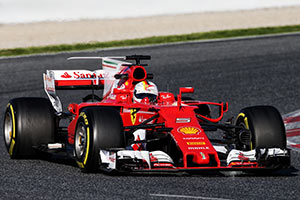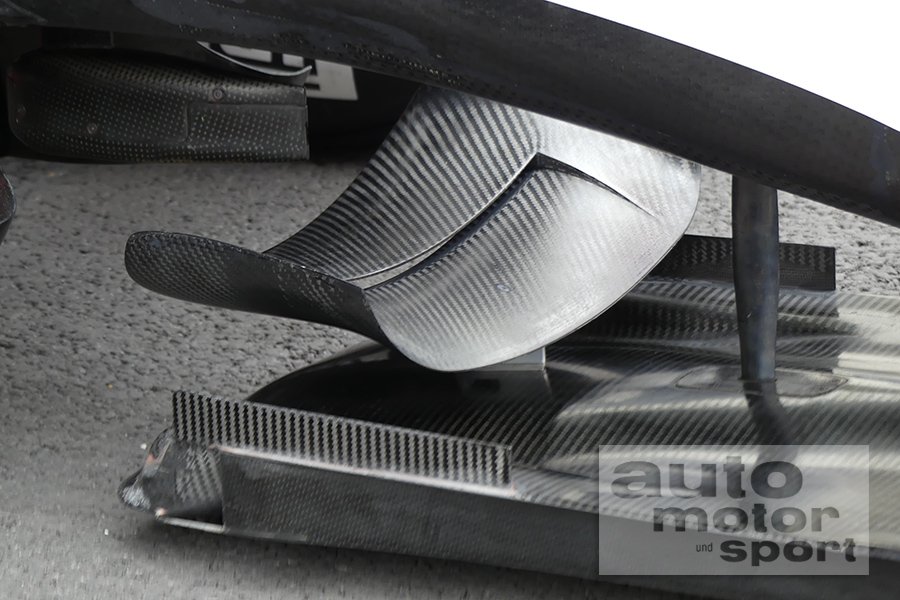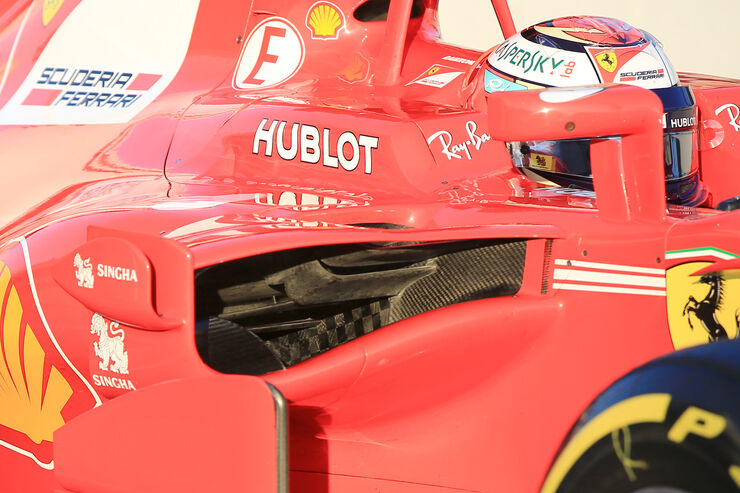I agree!!!f1316 wrote:Hopefully I can keep this phrased in such a way that makes it applicable to the car thread rather than team...gioma wrote:Hi all,
some great analysis on the car aerodynamics and construction already done by some of you but I think is worth to mention that the engine seems powerful and very reliable, which means that cooling needs are well controlled with current design configuration. May be sidepods can still be tightened even knowing, running temperatures were lower during these 4 days test than will be on most of the races!
Cheers
... but what interests me is the correlation between some of the more positive rumours we heard preseason (god knows there were lots of negative ones and the one thing we can say with reasonable assurity is that the car is not a complete disaster as was suggested) and the reality.
I'm referring specifically to the rumours in motorsport about 'unusual' and 'interesting' shapes on the car (this is the car thread bit). Ok, that could have been lucky guesses, but it correlates well with the reality - the design of the Ferrari's sidepods is unlike anything we've ever seen.
So that leads me onto thinking about other positive rumours from motorsport, and the one that comes to mind was about 3D printing of pistons (simplified phrasing), coupled with a new magnetti Marelli micro injector, that would allow a massive step forward on engine side. Here's the article for reference:
https://www.google.co.uk/amp/s/www.moto ... 70008/amp/
The upshot of all of which coud be:
Now Scarbs also mentioned that Ferrari supplier Mahle did seem to have some patents in this area (as a complete side note: if a supplier with an exclusive deal with a particular manufacturer has a patent on the technology, doesn't that mean others cannot copy it?) which lends credence to the claim, as does the fact that the other rumours from the same publication of 'interesting' shapes on the Ferrari - which were to some extent dismissed amongst the more pervading pessimism - seem to have been borne out.It is possible that the power unit that will be fitted to the car for the testing phase will be just a first step though, because back in the engine department, chief designer Sassi Lorenzo and Enrico Gualteri, who is responsible for assembly, are hoping to finalise bold changes that could deliver a big step forward in performance
So whilst there's been a lot of high profile talk of steps made on the Mercedes and Renault engines (and complete overhaul of architecture on Honda - for better or worse) it's quite possible Ferrari have done just as much if not more of a step, but are continuing their chassis philosophy of not saying anything.
But equally, they could be running an engine spec very different from Melbourne (or even the second test) - in order to put miles on the car without reliability issues (people love to say how this is what Mercedes do, but Ferrari did almost as many laps, so...) and cooling parameters could be very different .
This is first time in many years that Ferrari has come up with something new, both on aero and engine side. It looks like new organization structure is paying off. More innovation and less conservative thinking. Lets hope they can challenge Mercedes! [-o< [-o< [-o< [-o<
















